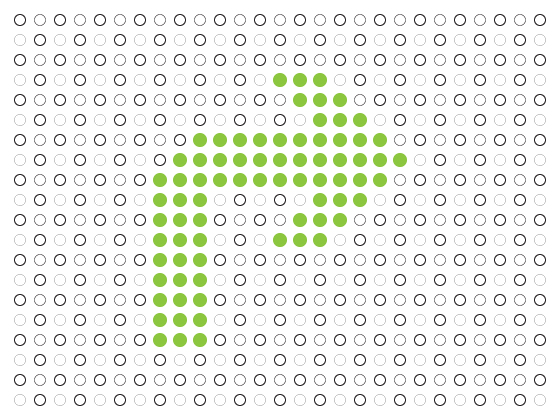 Here’s a smart way of how design can be at the core of how your company does business. This was in the news in the US in 2008, but is increasingly becoming relevant to the way design can be applied to get better business results today.
Here’s a smart way of how design can be at the core of how your company does business. This was in the news in the US in 2008, but is increasingly becoming relevant to the way design can be applied to get better business results today.
U.P.S, the logistics company, realized that their trucks would sit in the left lane, engine idling, waiting for oncoming traffic to clear, so that it could make a left-hand turn, something that was wasteful — of time and peace of mind, for sure, but also of gas and therefore money. We’re talking about more than 95,000 big brown trucks delivering packages every day. U.P.S realized that when you operate a gigantic fleet of vehicles, tiny improvements in the efficiency of each truck, translates to huge savings overall. So here’s what they did:
[youtube http://www.youtube.com/watch?v=ak2GqmrUnVw&w=420&h=315]
This design thinking helped UPS shave over 28.5 million miles off its delivery routes. That in turn resulted in saving roughly three million gallons of gas! It also reduced CO2 emissions by 31,000 metric tons.
So next time you are in any of the cramped metros of India (which would be quite often), plan your route so that you take as many free left turns as possible.